Demystifying Public Key Infrastructure: How Does It Work and Why Is It Important?
In today’s digital world, securing sensitive information and maintaining data integrity has become a critical concern for individuals, businesses, and governments. Public Key Infrastructure (PKI) is a technology framework that provides a secure and reliable way to establish trust in electronic communications, ensuring confidentiality and authenticity of data. In this article, we will delve into the intricacies of PKI and understand how it works, along with its importance in our digital ecosystem.
Understanding Public Key Infrastructure (PKI):
PKI involves a system of cryptographic techniques, protocols, and infrastructures that enable secure communication and data exchange over networks such as the internet. It relies on asymmetric encryption, where each user has a pair of cryptographic keys: a public key and a private key. These keys are mathematically related but cannot be feasibly derived from one another.
The public key can be freely distributed to others, allowing them to encrypt messages and data before transmitting them. Only the corresponding private key, held only by the owner, can decrypt the encrypted data. This ensures confidentiality, as even if intercepted, the encrypted data cannot be decrypted without the private key.
How does PKI work?
1. Certificate Authorities (CAs):
PKI relies on trusted third-party organizations called Certificate Authorities (CAs). CAs issue digital certificates that bind user identities to their public keys. These certificates serve as trusted credentials that enable secure communication between parties.
2. Certificate Enrollment:
To obtain a digital certificate from a CA, a user must generate a key pair (public and private key) and provide their identity details to the CA. The CA verifies the user’s identity through various methods, such as physical ID checks or digital verification. Once verified, the CA creates a digital certificate associating the user’s public key with their identity.
3. Certificate Distribution and Validation:
The CA distributes the issued digital certificate to the user who can now share it with others, such as through email or websites. When a recipient receives a message or data, they can verify the sender’s identity by validating the digital certificate against the CA’s trusted root certificate. This verification establishes trust in the communication channel, ensuring that the sender is genuinely who they claim to be.
4. Revocation:
Digital certificates have an expiration date, but they can also be revoked before that date if, for example, the private key is compromised or the user’s identity changes. Revocation lists or Certificate Revocation Lists (CRLs) are maintained by CAs to keep track of revoked certificates.
Why is PKI important?
1. Authentication and Non-Repudiation:
PKI ensures that both parties in a communication can authenticate each other’s identities, preventing unauthorized access to sensitive information. With digital signatures created using the sender’s private key, PKI also provides non-repudiation, meaning the sender cannot later deny sending a message.
2. Data Integrity:
PKI guarantees the integrity of data during transmission. By signing data with a private key, any tampering or modification of the data can be detected by the recipient. If the data has been manipulated, the signature verification will fail, alerting the recipient about the integrity breach.
3. Secure Communication:
PKI enables the secure exchange of sensitive information, such as financial transactions or personal data, over networks. It ensures confidentiality by encrypting data using the recipient’s public key, which can only be decrypted using the corresponding private key.
4. Trust and Compliance:
PKI instills trust in digital transactions and communications, essential for e-commerce, e-government services, and other online interactions. PKI also facilitates compliance with regulations and legal requirements for electronic signatures and secure transactions.
Frequently Asked Questions (FAQs):
Q1. Are digital certificates and SSL/TLS certificates the same?
A: Yes, SSL/TLS certificates are a type of digital certificate used specifically for securing websites and enabling secure connections over HTTPS.
Q2. Can PKI be used for securing email communications?
A: Yes, PKI can be used to secure email communications by digitally signing and encrypting the contents of the email.
Q3. What happens if a CA’s private key is compromised?
A: If a CA’s private key is compromised, it could potentially compromise the entire PKI system. CAs take significant precautions to protect their private keys and have well-defined procedures for incident response and key rotation.
Q4. Can individuals and small businesses set up their own PKI?
A: While it is technically possible to set up a private PKI, it requires significant effort, expertise, and resources. It is more common for individuals and small businesses to obtain certificates from trusted public CAs.
Q5. How secure is PKI?
A: PKI is considered a highly secure technology when implemented correctly. However, like any system, it is not immune to vulnerabilities and attacks. Regular updates, proper key management, and adherence to best practices are essential to maintain PKI security.
In conclusion, Public Key Infrastructure (PKI) is a crucial technology framework that ensures secure and trusted communication in our digital era. By leveraging asymmetric encryption and digital certificates, PKI enables authentication, data integrity, and confidential communication. With the increasing reliance on digital transactions and communication, PKI plays a vital role in maintaining trust and security within our digital ecosystem.
More in this category ...
Ripple companions with SBI Group and HashKey DX for XRPL answers in Japan
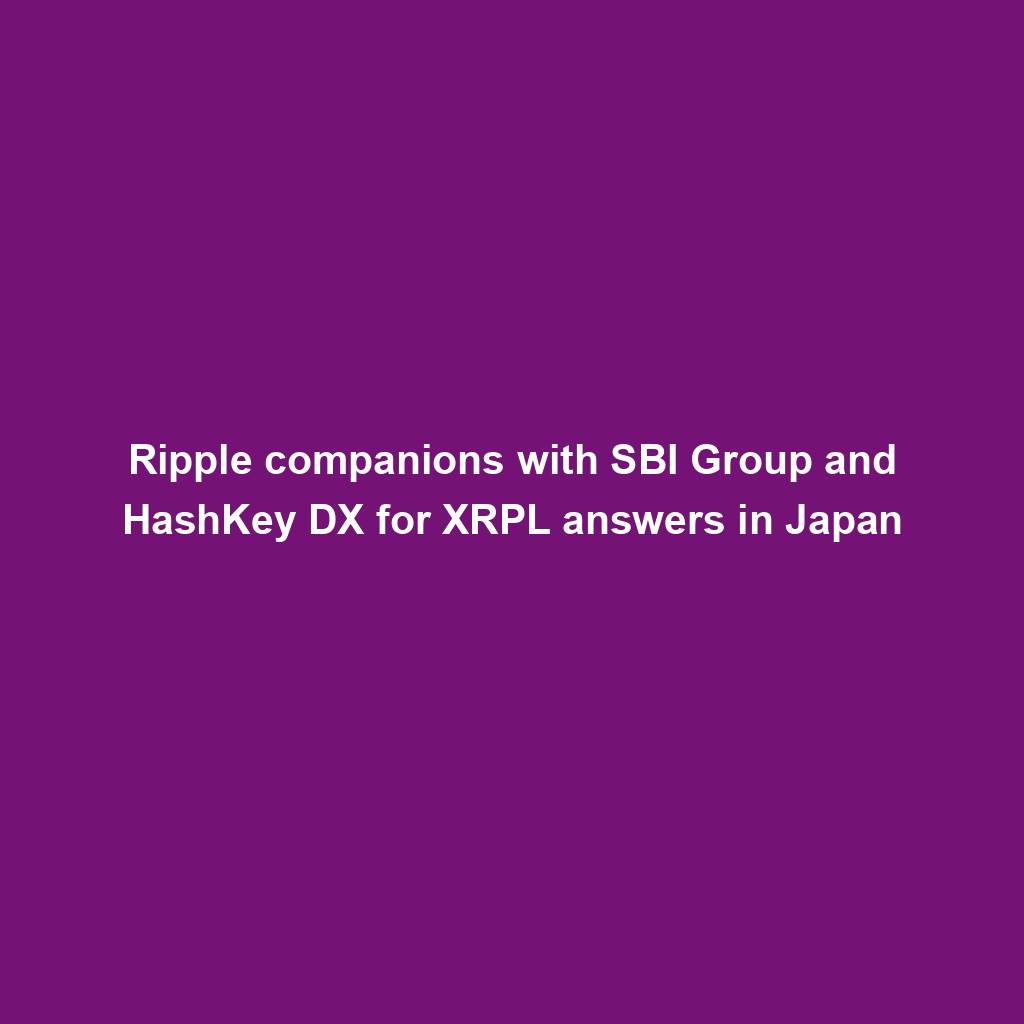
April sees $25M in exploits and scams, marking historic low ― Certik
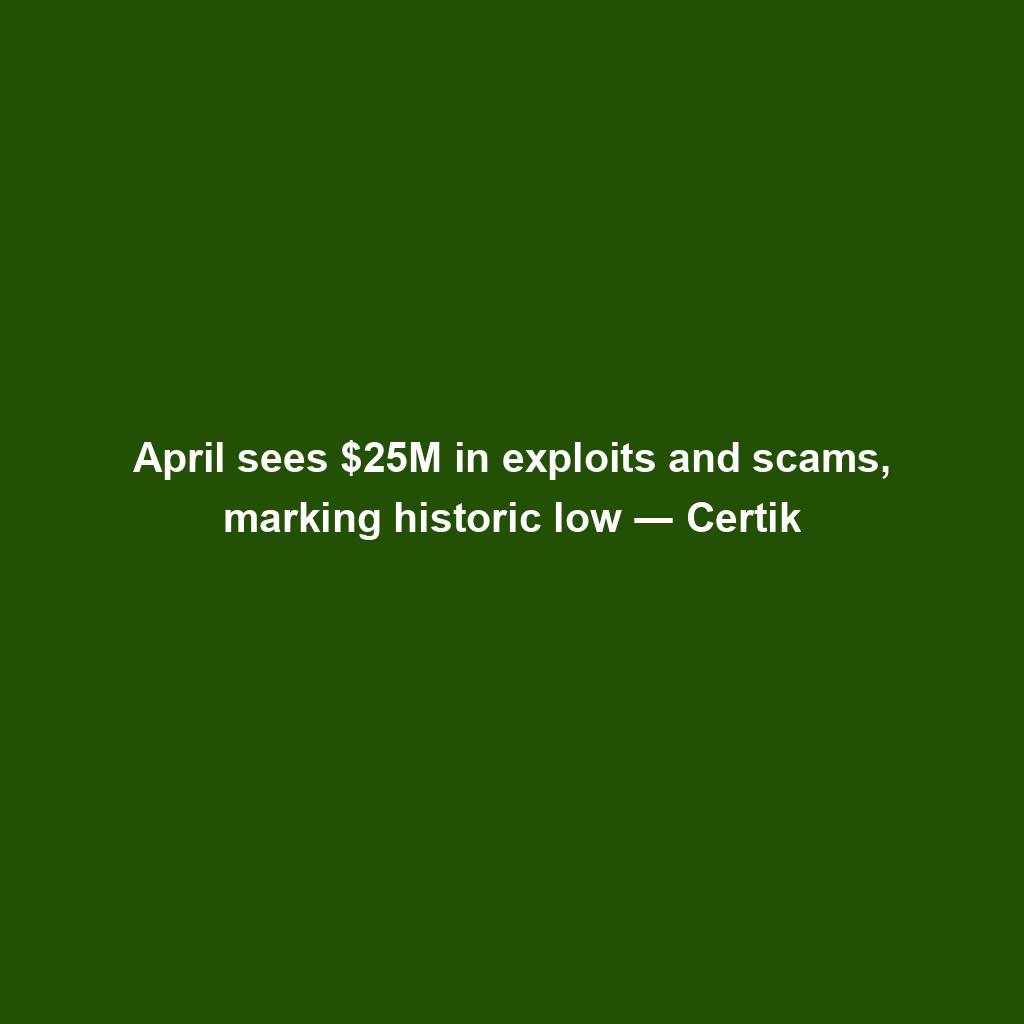
MSTR, COIN, RIOT and different crypto shares down as Bitcoin dips
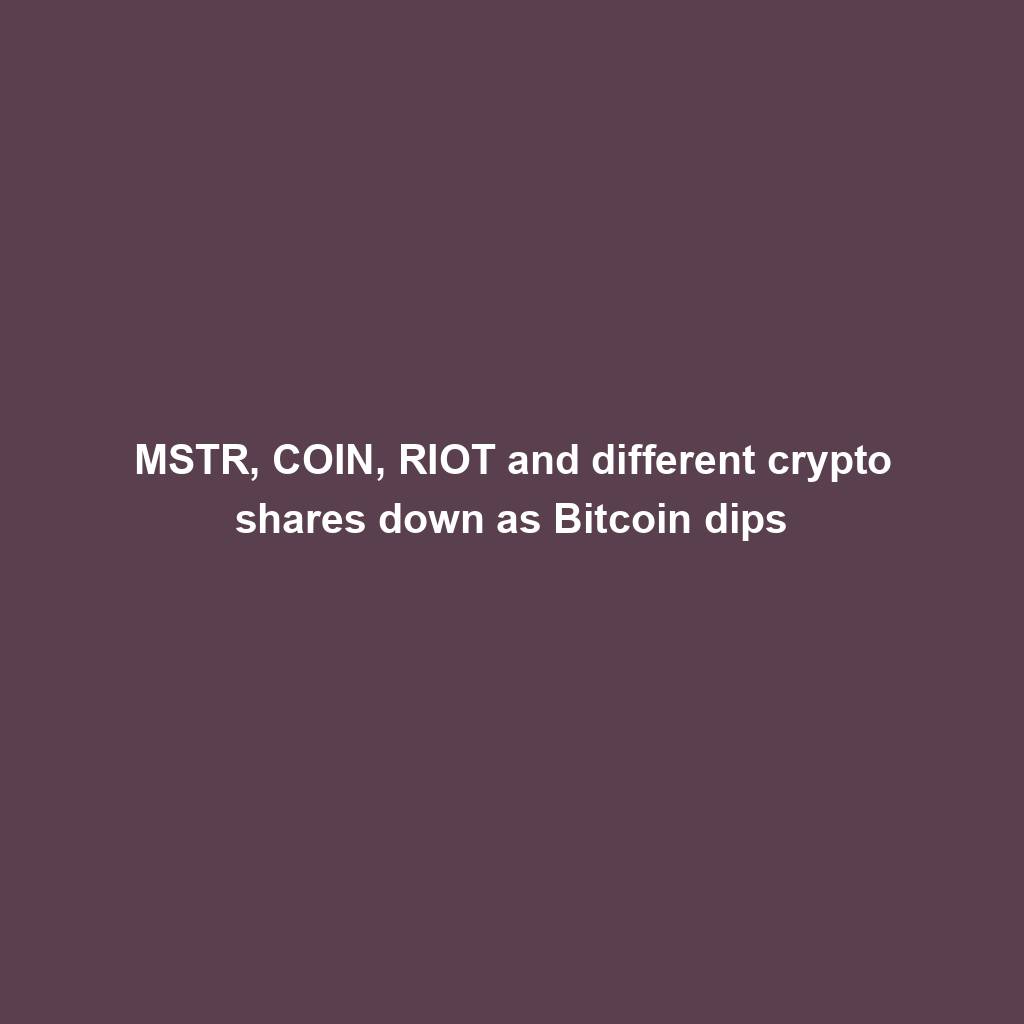
EigenLayer publicizes token release and airdrop for the group
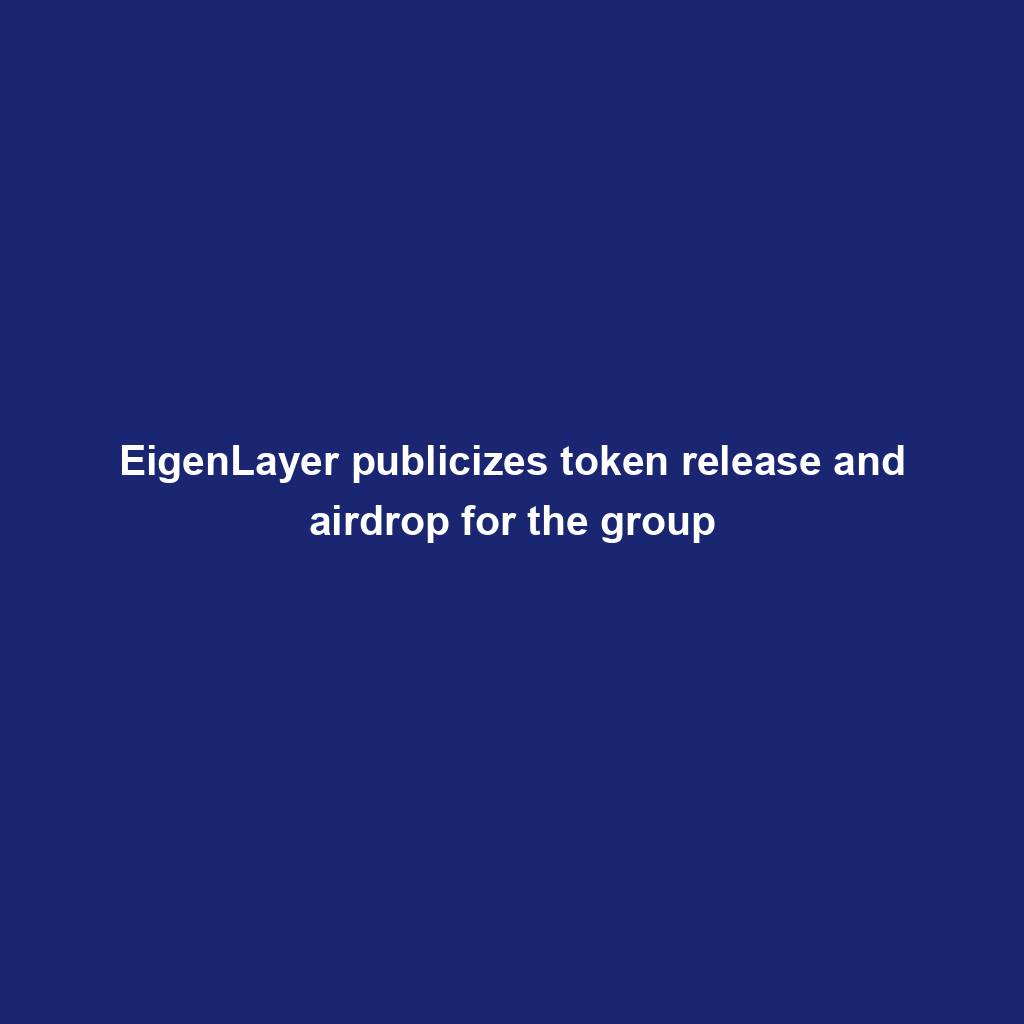
VeloxCon 2024: Innovation in knowledge control

Successful Beta Service release of SOMESING, ‘My Hand-Carry Studio Karaoke App’

Dogwifhat (WIF) large pump on Bybit after record reasons marketplace frenzy
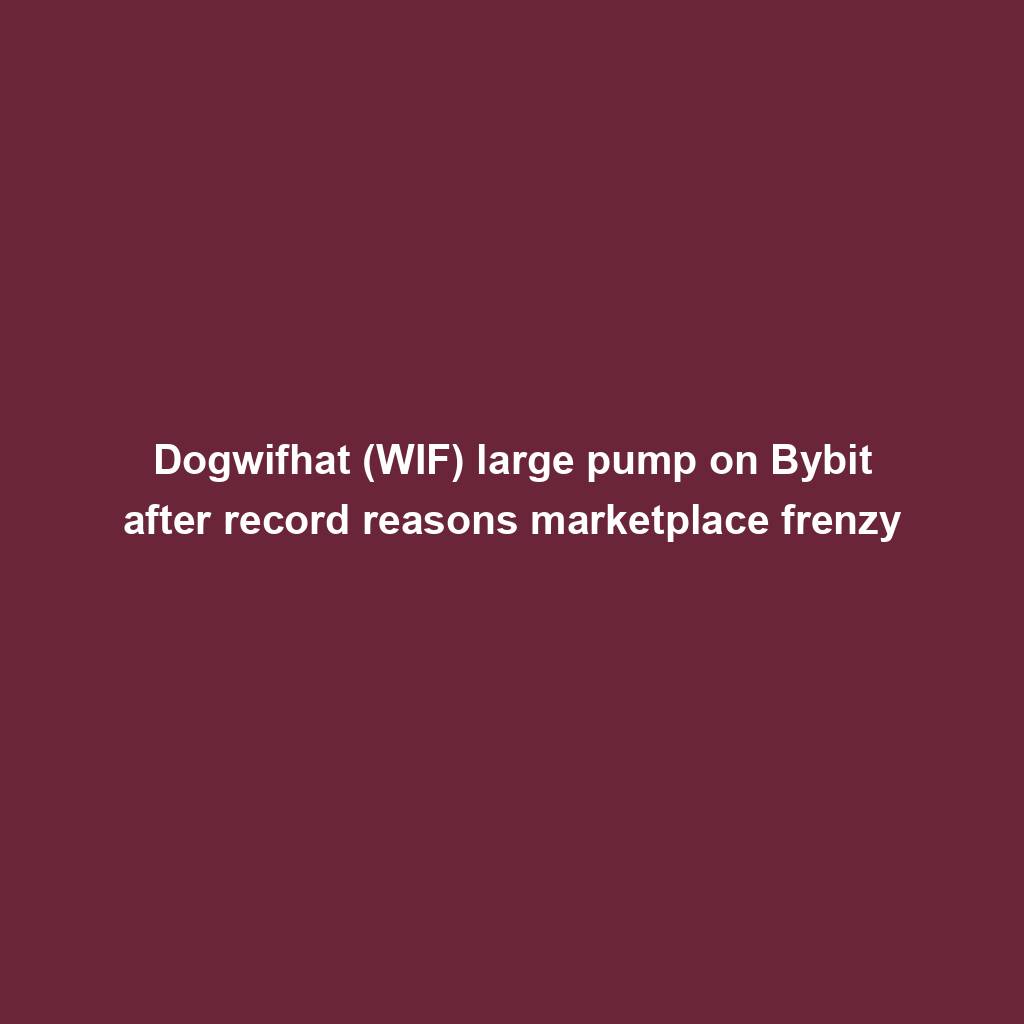
How fintech innovation is riding virtual transformation for communities around the globe
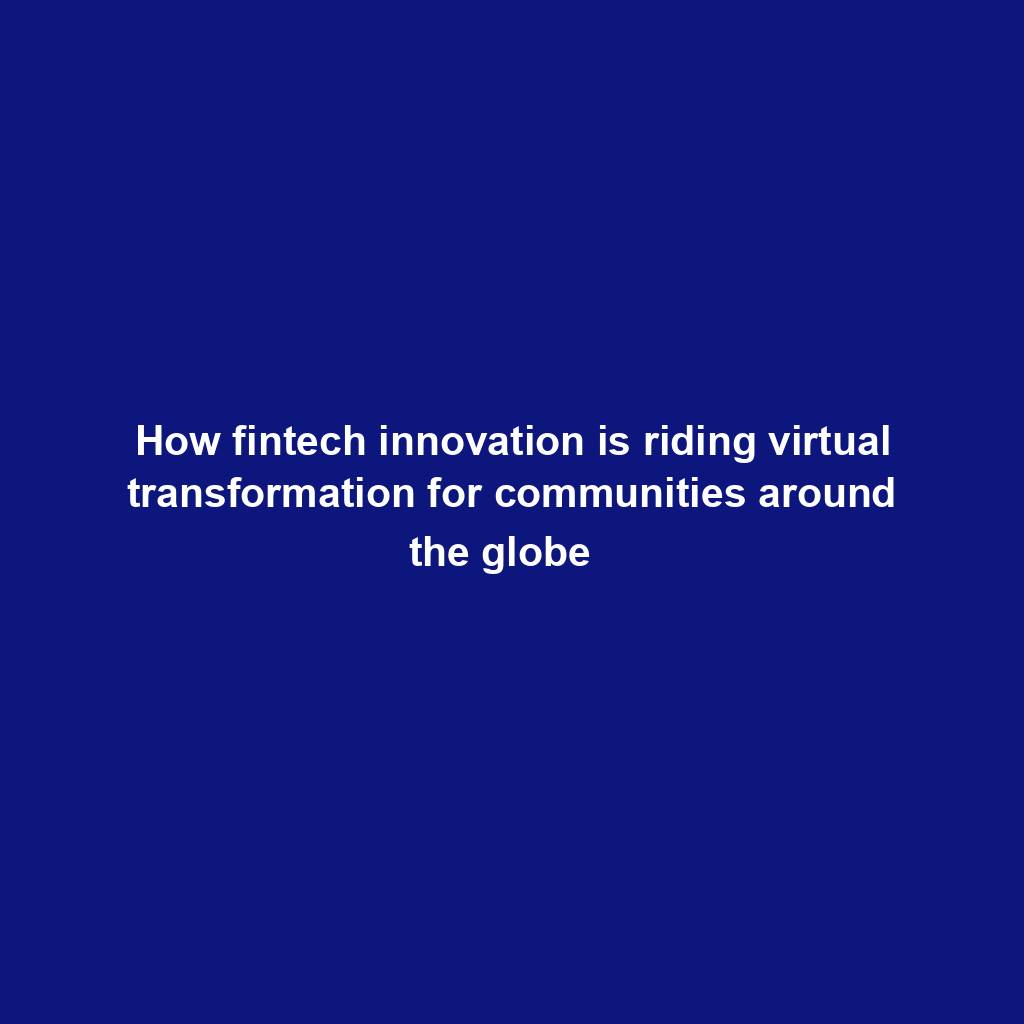
Wasabi Wallet developer bars U.S. customers amidst regulatory considerations

Analyst Foresees Peak In Late 2025
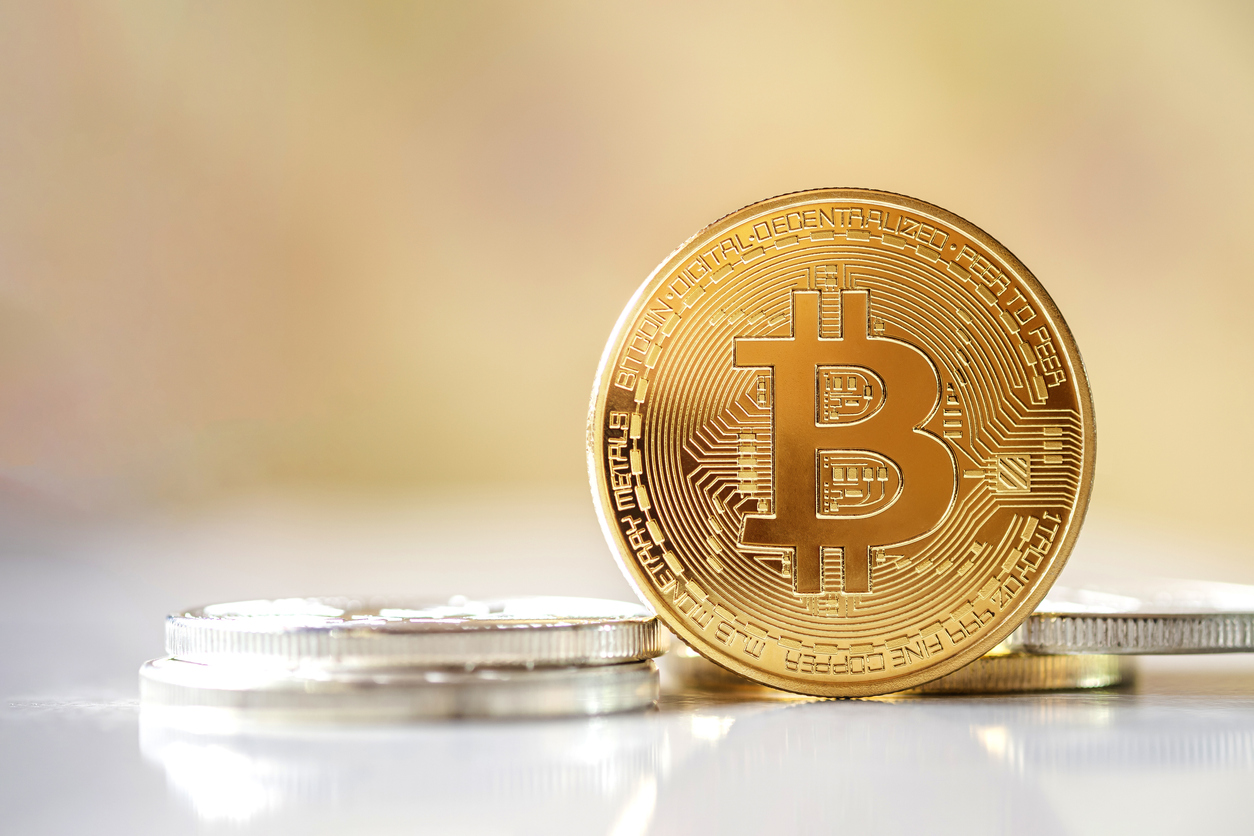
Solo Bitcoin miner wins the three.125 BTC lottery, fixing legitimate block

Ace Exchange Suspects Should Get 20-Year Prison Sentences: Prosecutors

Google Cloud's Web3 portal release sparks debate in crypto trade

Bitcoin Primed For $77,000 Surge

Bitbot’s twelfth presale level nears its finish after elevating $2.87 million

PANDA and MEW bullish momentum cool off: traders shift to new altcoin

Commerce technique: Ecommerce is useless, lengthy are living ecommerce

Republic First Bank closed by way of US regulators — crypto neighborhood reacts
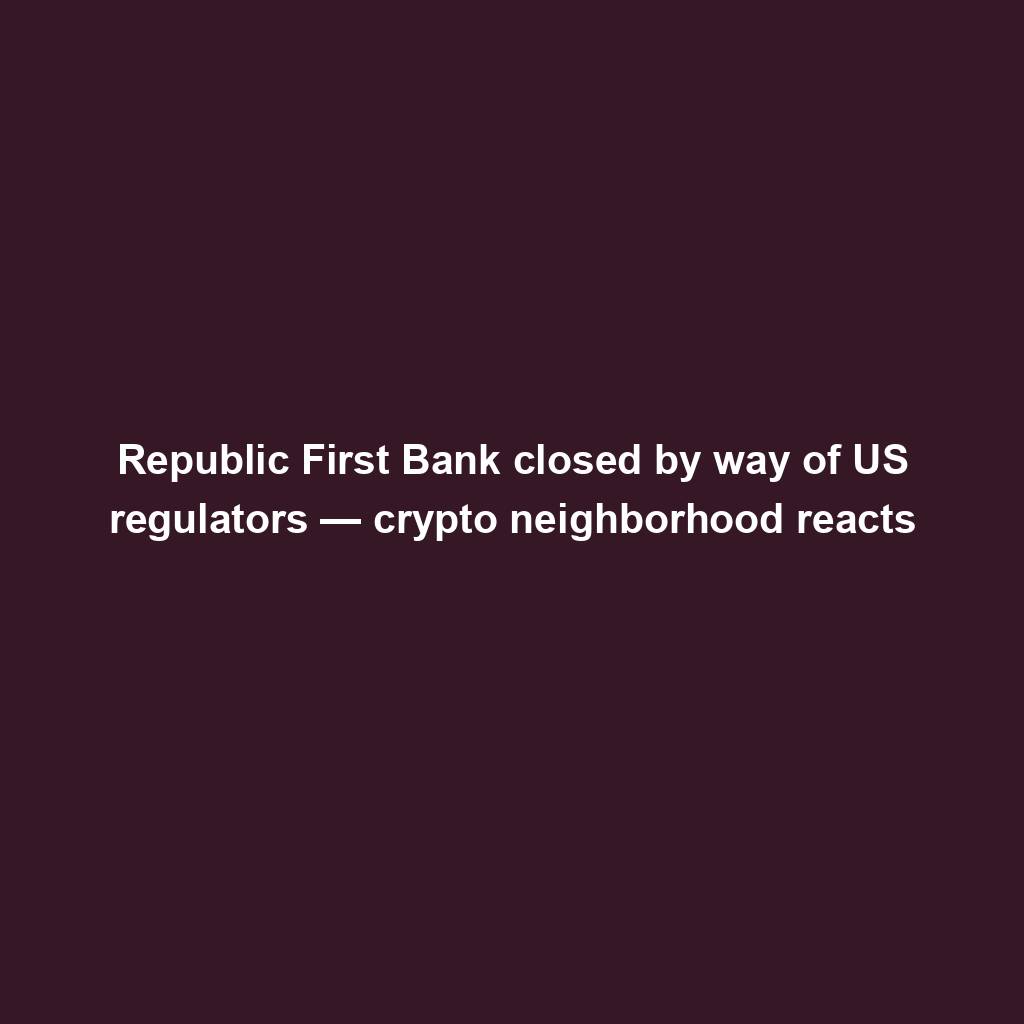
China’s former CBDC leader is beneath executive investigation

Bigger isn’t all the time higher: How hybrid Computational Intelligence development permits smaller language fashions
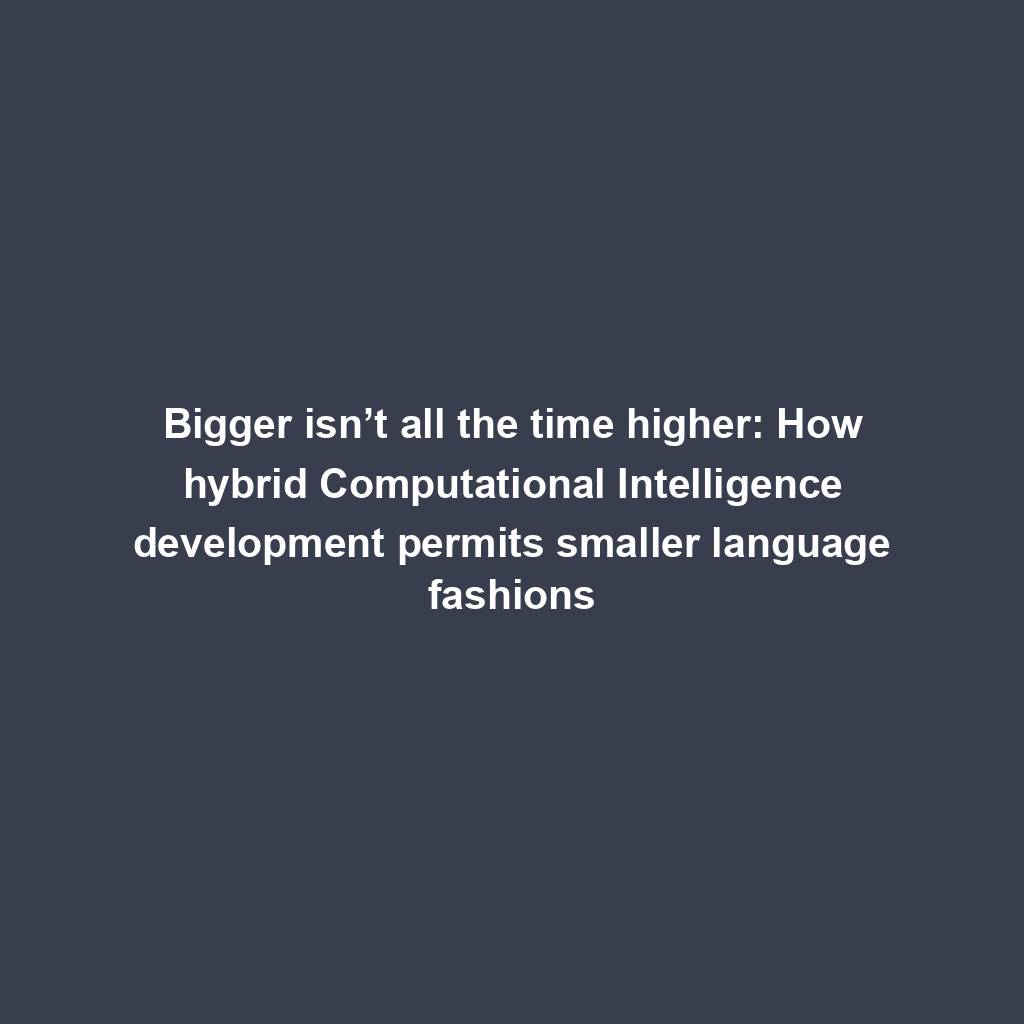
Pantera Capital buys extra Solana (SOL) from FTX

Successful Beta Service release of SOMESING, ‘My Hand-Carry Studio Karaoke App’

SEC sues Bitcoin miner Geosyn Mining for fraud; Bitbot presale nears $3M

Business procedure reengineering (BPR) examples

85% Of Altcoins In “Opportunity Zone,” Santiment Reveals

Sam Altman’s Worldcoin eyeing PayPal and OpenAI partnerships
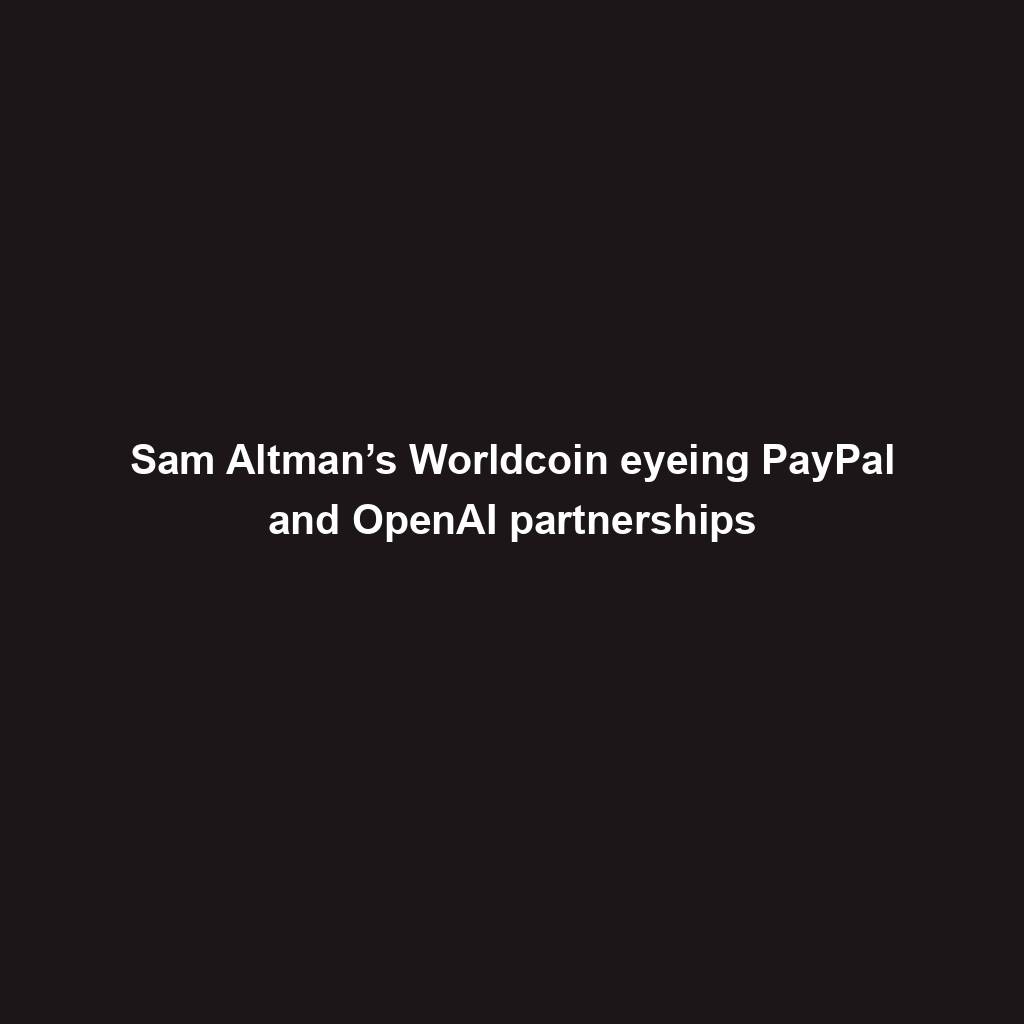
Artificial Intelligence transforms the IT strengthen enjoy

Franklin Templeton tokenizes $380M fund on Polygon and Stellar for P2P transfers

Meta’s letting Xbox, Lenovo, and Asus construct new Quest metaverse {hardware}

Shiba Inu (SHIB) unveils bold Shibarium plans as Kangamoon steals the display
